Should Chocolate Be Kept In the Fridge?
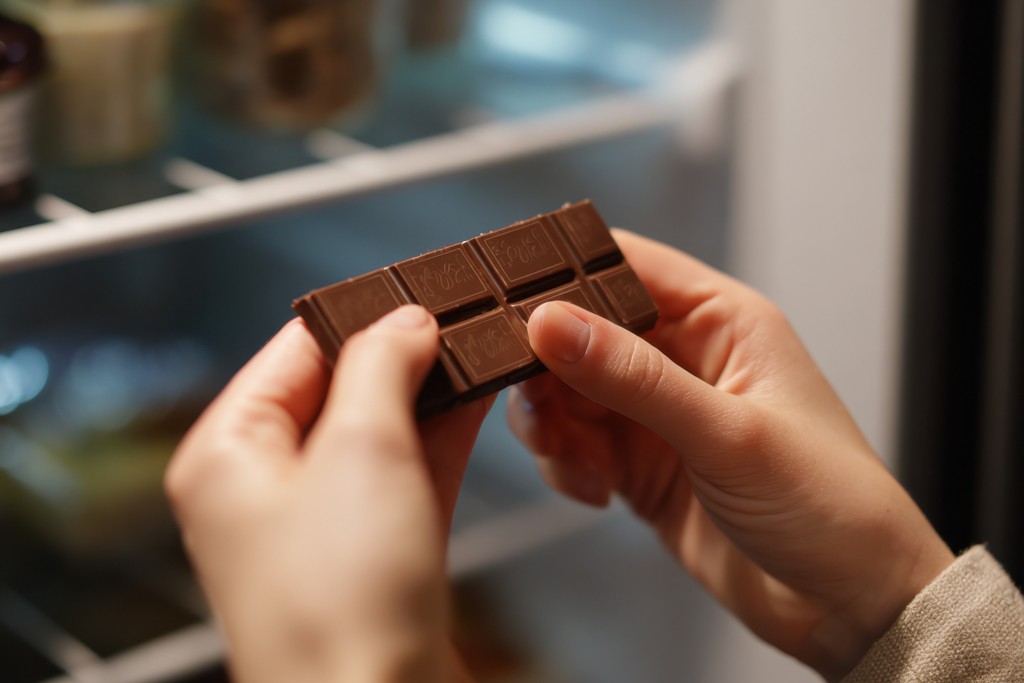
Fridge vs Cupboard: The Big Chocolate Storage Debate
43%* of Brits keep their chocolate in the fridge — but experts say this could be harming quality.
The Nation is Split
Our survey reveals the UK is divided — but what’s the best option for chocolate quality?
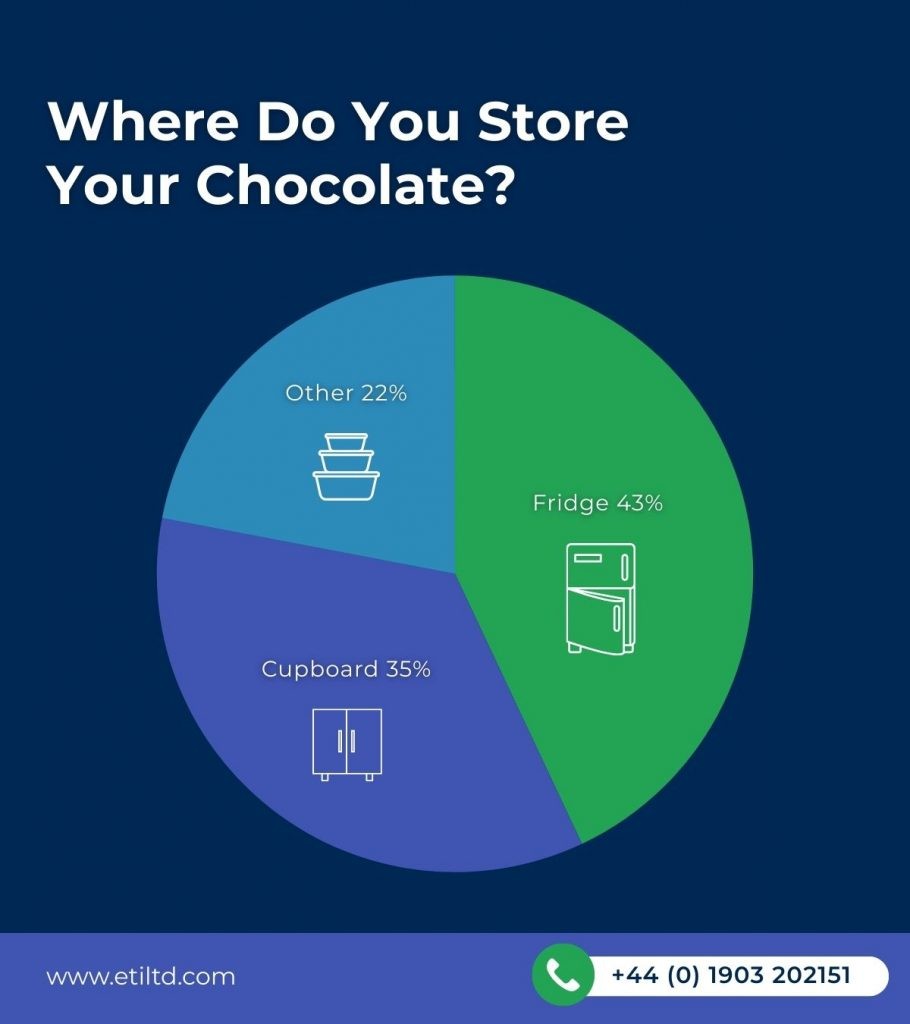
Why the Fridge Isn’t Best
Condensation (droplets on chocolate)
Moisture forms on the surface when handled before chilling. Mixed with natural bacteria, this creates a mould-like appearance — unappealing, but harmless.
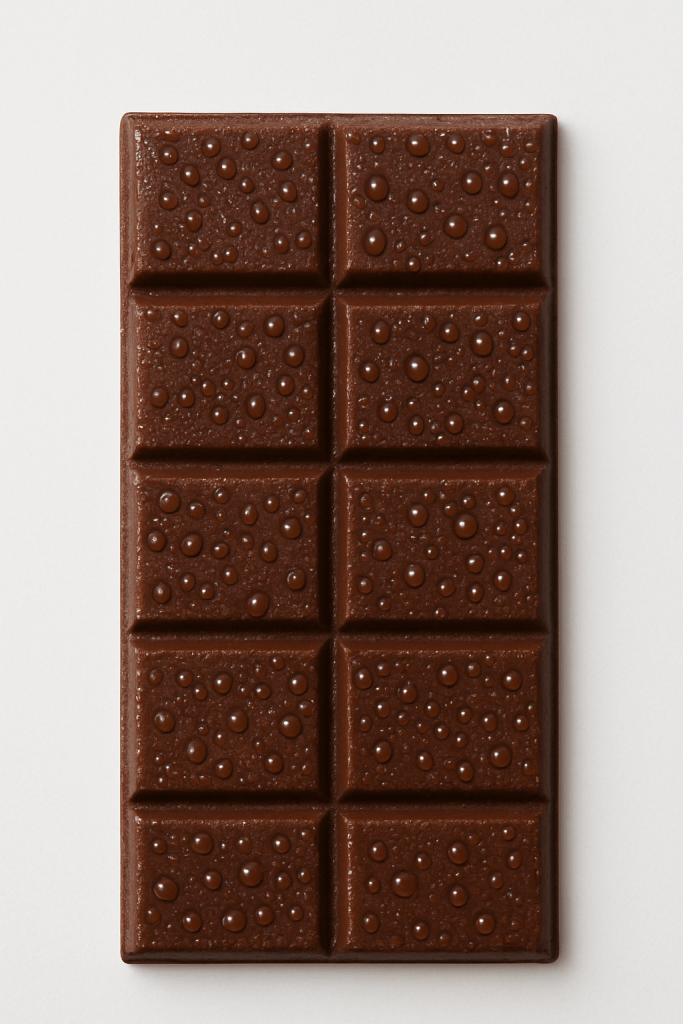
Bloom (white, dusty surface)
26% of people throw away chocolate that turns white. This “bloom” is fat separating due to fluctuating temperatures. Safe to eat, but it spoils texture and appearance, leading to waste.
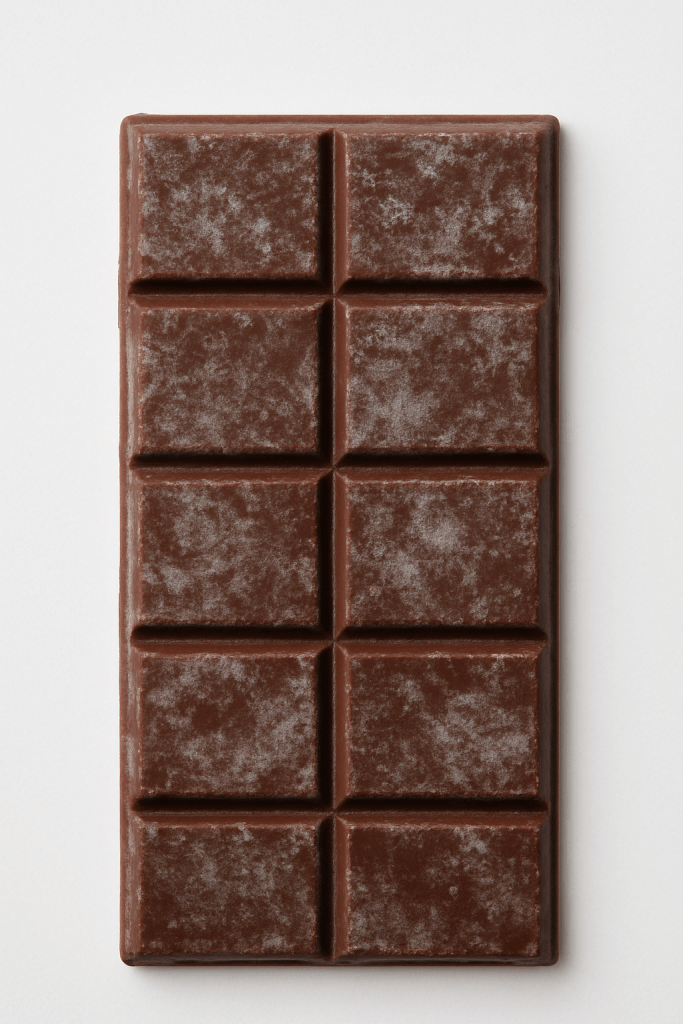
Lost texture (broken snap vs bendy bar)
Chocolate’s snap and smoothness rely on precise tempering. Cold storage disrupts this, leaving it grainy, dull, or crumbly.
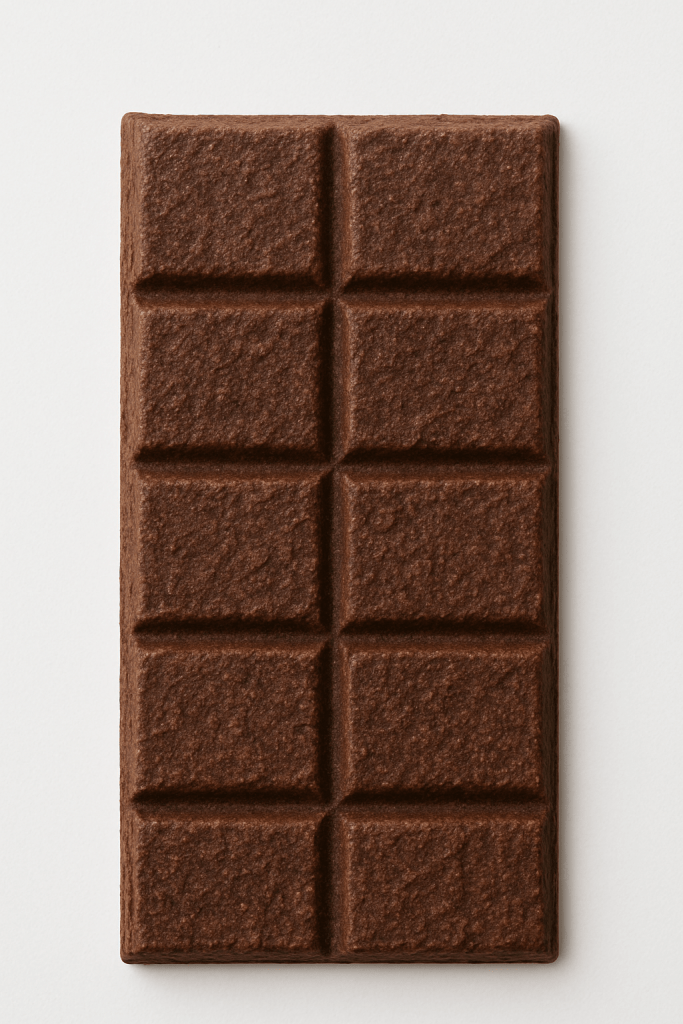
“A lot of people put chocolate in the fridge thinking they’re keeping it fresh — but it’s one of the worst things you can do.”
Carl Attwater, Audrey’s Chocolates
The Science of Chocolate and Temperature
Chocolate is rarely unsafe to eat, but its real risk lies in losing quality in production and storage.
“It’s crucial to be able to accurately read the temperature of chocolate. Accuracy is everything; without that, I’d have no finished product.”
James Parsons, SoSaSe Chocolat
Tempering ranges:
Dark
- First temperature: 45 °C
- Second temperature: 29 °C
- Third temperature: 31.5 °C
Milk/white
- First temperarture: 45 °C
- Second temperature: 27 °C
- Third temperature: 30 °C
“Chocolate is incredibly sensitive. A few degrees out, and it simply won’t perform. Even a 0.1 °C variation can ruin the structure of chocolate”
Carl Attwater, Audrey’s Chocolates
Tools for Precision:
Instant-read sugar thermometers like the Thermapen® ONE are trusted by chocolatiers for quick, precise readings during tempering.
“The Thermapen One has unparalleled accurate measurements for tempering. Accuracy is the difference between the tempering process working or not.”
James Parsons, SoSaSe Chocolat
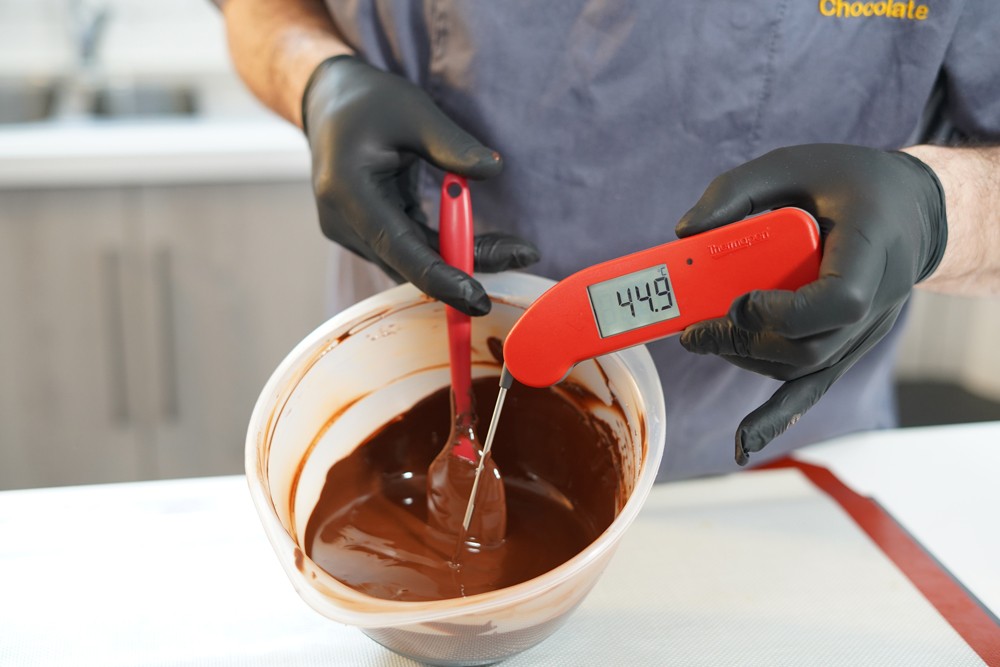
Top 5 Tips for Chocolate Storage
- Store chocolate below 20 °C — Cool temperatures keep its smooth texture, rich flavour, and glossy finish intact.
- Keep chocolate in a cool, dark, dry cupboard — Heat, light, and moisture can spoil the texture, flavour and shine.
- Avoid temperature fluctuations — Temperature swings make cocoa butter melt and re-set unevenly, leaving chocolate dull, streaky, and less tasty.
- If refrigerating, use an airtight container — Chocolate can absorb moisture and fridge odours which spoil the flavour.
- Never freeze chocolate — Ice crystals form and break down its smooth structure, leaving it grainy.
Monitoring Made Easy
In chocolate production, managing ambient temperature is a critical factor to avoid waste, blooming, crystallisation or a dull finish.
Monitoring chocolate production and storage room temperature/ humidity ensures consistent results.
Use an ETI therma-hygrometer or data logger to ensure your chocolate stays in the ideal environment. This will prevent bloom or texture changes.
Closing the Debate
Fridge or cupboard? The UK may never agree. But when it comes to chocolate quality, the science is clear: the cupboard wins every time.
Discover ETI’s full range of temperature solutions.
You might also like:
What Temperature Should a Fridge Be?
How Long to Rest a Roast Chicken — A Temperature Investigation
Can You Eat Burgers Medium Rare?